Revisiting RD Burman, the last music emperor

Revisiting RD Burman, the last music emperor
[ad_1]
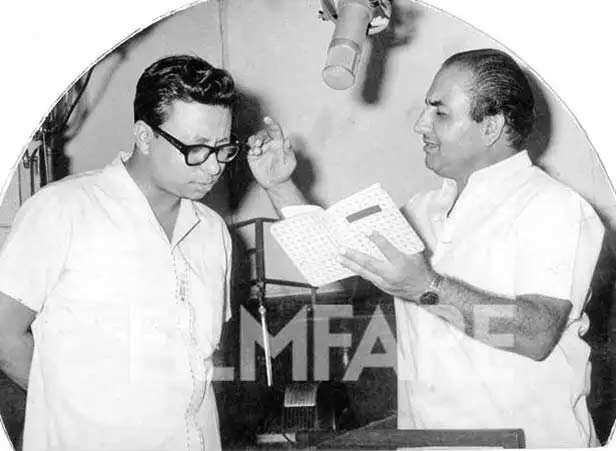
RD Burman was said to be just nine when he reportedly composed the song for the comic song Ae meri topi palat ke aa, used by his father in Fantoosh (1956). Another story goes that he composed the tune for Sar jo tera chakraye from Pyaasa (1957). From an early age, a pattern seemed to have set – Dada Burman will work on the hard, complicated numbers while Pancham would set the tunes for soft, fun sons. He had a natural flair for playing instruments and learnt music from such luminaries as sarod player Ali Akbar Khan and tabla player Samta Prasad. He also picked up playing the harmonica. In fact, he is said to have played the harmonica for the Dev Anand song Hai apna dil toh awara from Solva Saal (1958).
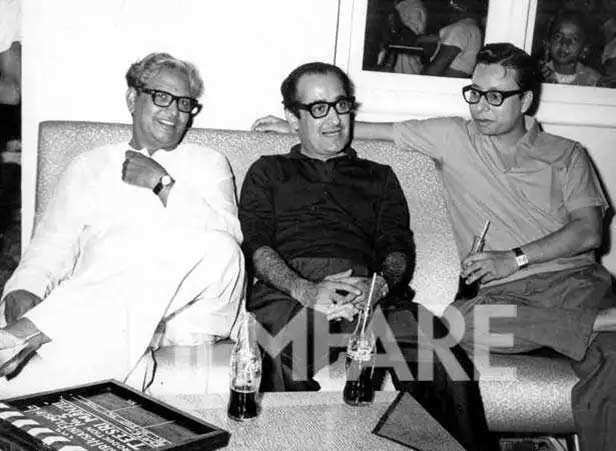
Swinging ‘60s
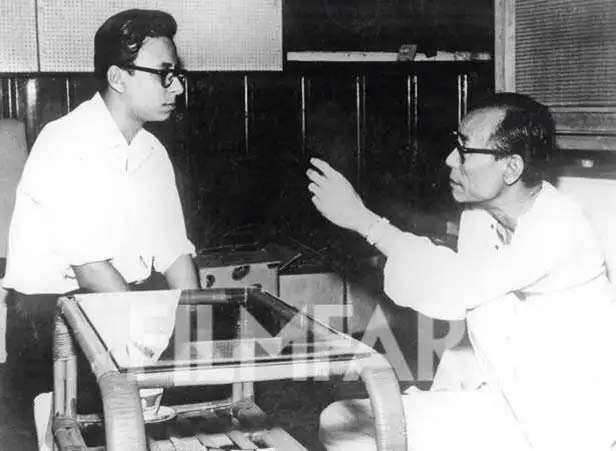
Super ‘70s
The rise of Rajesh Khanna as a superstar coincided with the rise of RD Burman as a super composer. Rajesh had tasted success with Pancham and Kishore Kumar in Aradhana, whose songs some say were actually composed by RD as Dada Burman was ill during the time. He favoured both the singer and the composer in the coming years. Kati Patang (1970) with songs like Yeh sham mastani and Yeh jo mohbbat hai was a musical hit and RD formed a fruitful relationship with director Shakti Samanta, resulting in such hits like Amar Prem (1971), Ajnabee (1974) and Mehbooba (1976). Amar Prem, with its classical tunes in songs like Raina beeti jaaye or Chingari koi bhadke was unlike anything RD ever attempted. It was his answer to the critics who felt he could only ape Western music. He also formed a fruitful partnership with Dev Anand during this period, resulting in musical hits like Hare Rama Hare Krishna (1971), where his Dum Maaro Dum got elevated to the cult status, Heera Panna (1973) and Warrant (1975). Lyricist Gulzar was turning filmmaker in the ‘70s and their bond went back to Gulzar’s first credited film as a lyricist, Bandini (1963), where he wrote the song Mora gora ang layi le, composed by SD Burman, with son RD as the assistant. Their collaboration in films like Parichay (1972), whose Beeti na bitai raina is one of the finest classical based duets of Lata, Aandhi (1975), which can be said to be the pinnacle of their partnership and Khushboo (1975), brought back the old-fashioned melody in Hindi films. Gulzar allowed him to do his own things and RD, who had utmost respect for Gulzar’s poetry, composed tunes where the singers had prominence while music stayed in the background. The best example of this perhaps is their later collaboration, Ijazzat (1988), whose Mera kuch saaman was pure free verse composed in such a way that all you remember is Asha Bhosle’s haunting voice teasing out its meaning.
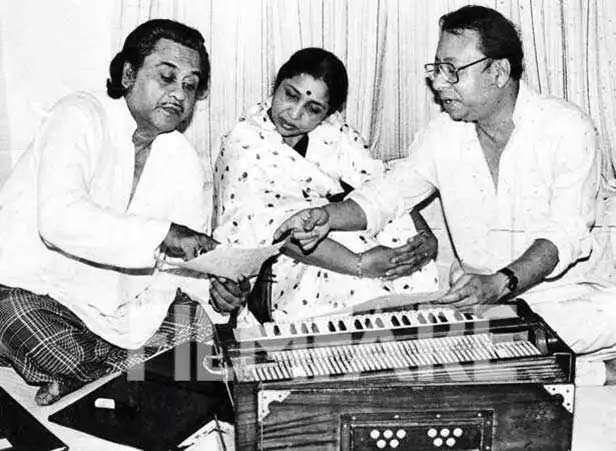
Dismal ‘80s
It’s strange that the man whose music reigned in the ‘70s suddenly found himself out of favour in the next decade. It was a combination of factors which led to this. Amitabh Bachchan, the current superstar was doing pure masala entertainers which didn’t require great music. Then, all the experiments that RD did in the ‘70s were copied shamelessly by others in the ‘80s and thereby he lost his uniqueness. His hardcore supporters too had moved on to others and he ran out of luck in the sense that films carrying his music begin to flop at the box office. He wasn’t responsible for their fate but somehow people began avoiding him. It’s not that he lost his touch. Films like Khoobsurat (1980), Rocky (1981), Yeh Waada Raha (1982), Masoom (1983) Sunny (1984), and Saagar (1985) are proof enough of that. But he was always known for a man who gave out hit albums and not hit songs and ‘80s were a period where individual songs like Tumse milke zindagi ko yun laga (Chor Police 1983), Roz roz ankhon tale ( Jeeva 1984) or Mammiya kero mama (Arjun 1985) stood out rather than the whole OST.
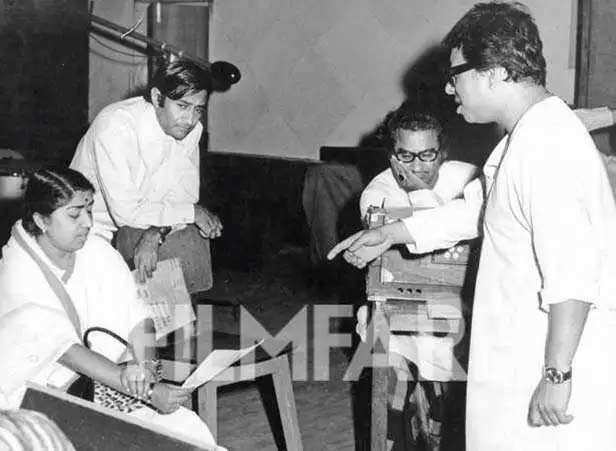
‘90s and the end…
His star had really dwindled by the ‘90s. RD was one of the friendliest of men who liked to be surrounded by well-wishers reportedly had to bribe people to come and have a drink with him. He didn’t want work but craved for company. His output almost dwindled and he had only sporadic hits like Tu hai mere dil ki rani (Indrajeet 1991), Jaipur se nikli gaadi (Gurudev 1993) and Sili hawa choo gayi (Libaas 1993) to his credit. His swan song, 1942: A Love Story, whose songs like Ek ladki ko dekha, Rimjhim rimjhim, Rooth na jaana and Pyar hua chupke se, reminded people he was still a giant, got released three months after his release. It was his best work in almost fifteen years and remains, like most of his evergreen songs, as fresh today as when it was initially released…
[ad_2]




